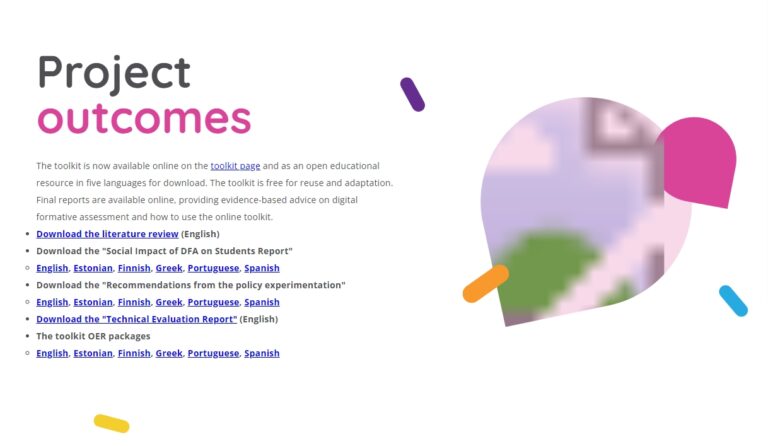Abstract
This technical brief provides a literature review on equity in education in Europe. It
updates a report produced for the European Commission in 2006 and provides insights
into the research and policies that have been undertaken during the last decade. Its
focus is on early childhood and care, primary and secondary education and on the
different aspects related to equity in education that have surfaced during the last years.
Therefore, this brief includes a broader set of topics concerning equity in education, such
as regional asymmetries, gender inequality and immigrants’ integration.
In this brief, equity “is viewed as the extent to which individuals can take advantage of
education and training, in terms of opportunities, access, treatment and outcomes”
(European Commission 2006, p. 2). Achieving equity in education is a particularly
important policy priority, as the evolution, causes and consequences of social,
educational and economic inequalities have been a hotly debated and controversial issue
given the recent economic crisis in Europe. For these reasons, this brief provides an
overview of recent evidence-based research and policy measures, which can inform
future policy initiatives in Europe aimed at increasing equity in early childhood, primary
and secondary education.
In sum, the evidence reviewed indicates that, taking a life-cycle approach to education,
equity has to be achieved at the earliest education stages. In other words, the provision
of equitable and quality early childhood education and care needs to be a priority in any
equity considerations. Furthermore, the quality of teachers plays a prominent role in
achieving high and equitable educational results. The results for achieving equity
through school choice depend heavily on its specific contextual implementation. Current
indicators suggest that there are large differences in educational equity between and
within EU Member States. Similarly, distinguishing among gender and immigrants’ status
reveals significant gaps among various subpopulations, and these specific gaps have to
be considered in future policies.
The brief’s concluding message is that ‘one size fits all’ policies do not appropriately
address the needs of diverse learners in different countries. Policies have to be tailored
to specific contexts and populations. Just importing policies from other countries without
further analysis may not work – the particular local contexts and stakeholders have
always to be taken into account. Still, giving more priority to early childhood education
and care and improving teacher quality in schools are certainly initiatives that contribute
to achieving higher equity levels. However, more research and data are a necessary
requirement to enhance future research-based policy actions.
Connect with us :






